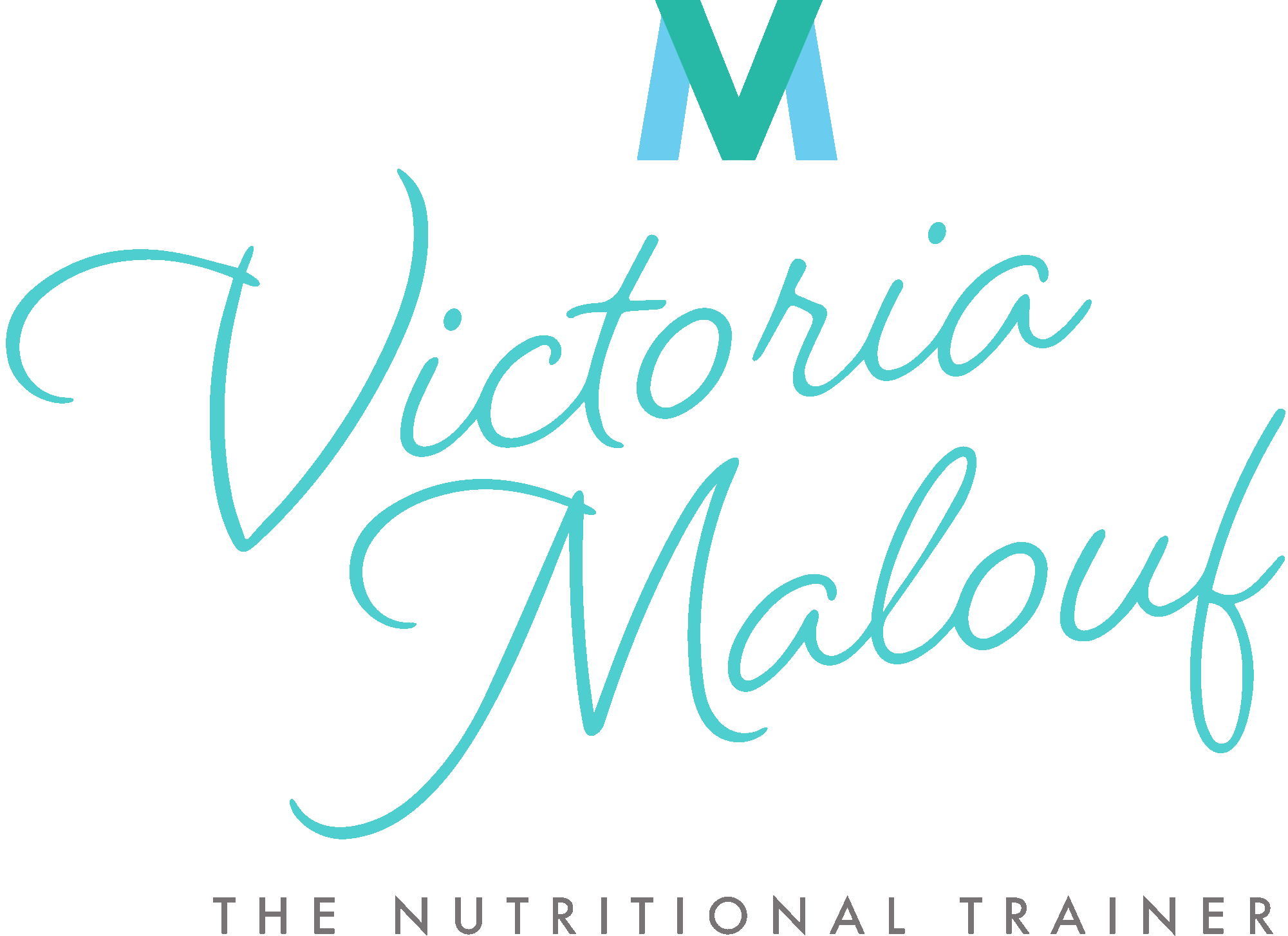The weight of serving sizes and suggestions
- Victoria Malouf

- Jun 24, 2015
- 3 min read
With all the information out there it can be so confusing as to ascertain as to what an actual serving size is. The packaging of foods is getting larger and usually contain more than 1 serving and restaurant meals are getting larger and more energy dense but are sometimes not more nutrient dense. This blog post is going to break down the 6 food groups, give some examples from each and what is constituted a serving suggestion and then advise how much of each food group you should be eating each day.

Fruits
Fruits contribute Folate (Vitamin B9), Vitamin A, Ascorbic Acid (Vitamin C), Potassium and Fiber.
Serving sizes are - 1 medium (150g) apple, banana, orange or pear - 2 small pieces (150g) of apricots, kiwi fruits, plums - 1 cup (150g) diced pieces of canned fruit - 1 ½ tablespoons of sultanas, 4 x dried apricot halves
Both men and women over 18 should have 2 serves of fruit per day, children 1-2 serves per day
Vegetables and legumes
These contain Folate (Vitamin B9), Vitamin A, Ascorbic Acid (Vitamin C, Vitamin K, Vitamin E, Magnesium, Potassium and Fiber
Both adult men and women need between 5-6 serves of vegetables and legumes per day and up to 7 or 8 serves if pregnant.
Children only need between 3-5 serves of vegetables and legumes per day.
Serving sizes - ½ cup (75g) cooked vegetables - ½ cup (75g) cooked dried beans, peas or lentils (legumes) - 1 cup “salad” vegetables - 1 small potato
Dark green vegetables – broccoli, spinach, cok choy, lettuce, kale, silverbeet
Orange and deep yellow vegetables – carrots, pumpkin, sweet potatoes and squash
Legumes – Black beans, black eyed peas, chickpeas, kidney beans, lentils, navy beans, pinto beans, soybeans
Starchy vegetables – potatoes, corn, lima beans
Other vegetables – Artichockes, asparagus, bean sprouts, brussel sprouts, cabbage, cauliflower, celery, cucumbers, eggplant, green beans, mushrooms, okra, onions, garlic, peppers, snow peas, tomatoes, zucchini
Grains
These foods contain Folate (vitamin B9), Niacin (Vitamin B3), Thiamin (Vitamin B1), Riboflavin (Vitamin B2), Iron, Magnesium, selenium and Fiber.
Adult men need between 5-6 serves and adult women need between 4-6 serves of grains per day. Children need between 4-5 serves.
Serving Sizes - 1 slice (40g) wholemeal bread, ½ a medium bread roll - ½ cup (90g) cooked rice, pasta, noodles - ½ cup (115g) cooked porridge - 30g cereal - ¼ cup flour
e.g Whole grains (barley, brown rice, buckwheat, bulgar, millet, oats, rye, wheat), and wholegrain breads, cereals and pastas.
Lean meats, poultry and fish
They provide, protein, Niacin, Thiamin (Vitamin B1), Pyrodoxine (Vitamin B6), Cobalamin (Vitamin B12), Iron, Magnesium, Potassium and Zinc.
Both men and women of all ages require 2 serves of lean meats, poultry and fish per day.
Serving sizes - 65g cooked meat; ½ cup of lean mince, 2 small chops, 2 slices of roast meat - 80g cooked poultry - 100g cooked fish fillet - 2 eggs
Milk yoghurt and cheese
These foods provide you with protein, riboflavin, Vitmain B12, calcium, magnesium, potassium and when fortified Vitamin D.
Both adult men and women require 2 ½ - 3 serves per day.
Serving sizes - 1 cup (250ml) full cream or soy milk - 2 slices (40g) cheese - 200g yoghurt - 250ml custard
e.g. fat free milk, buttermilk, cheeses, cottage cheese, yoghurt.
Healthy fats
These are your essential fatty acids
Men and women should aim for 2 serves of good fats per day.
Serving sizes:
30g nuts of nut paste (a tablespoon)
25g avocado
e.g of these include sunflower, safflower, canola, olive, corn, soybean, peanut oils, nut butters, avocado, nuts, shellfish.
For a quick guide for what serving sizes look like
1 cup of vegetables = a cricket ball
¼ cup of dried fruit = a golf ball
100g of meat = a deck of cards
1 tablespoon of peanut butter = a marshmallow
The above is all taken from the Department of health an ageing, The Australian guide to healthy eating.





Comments